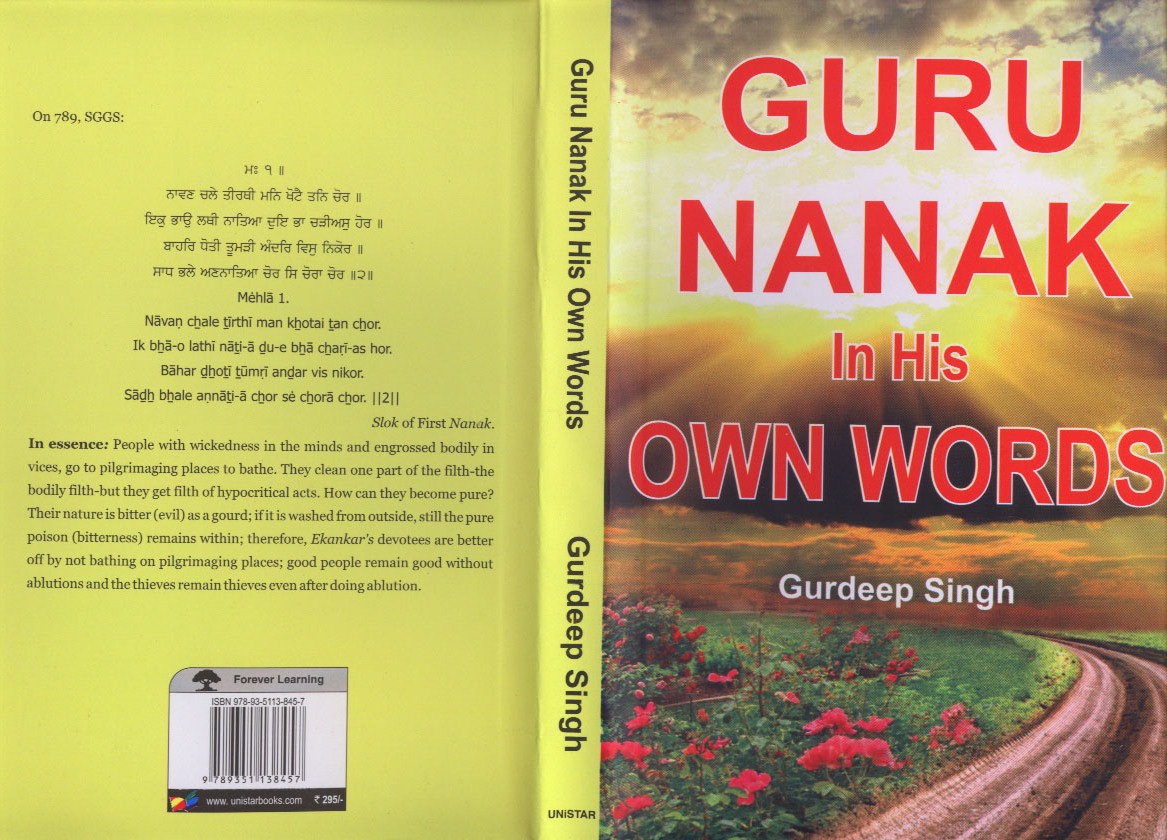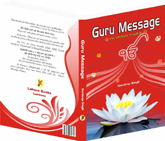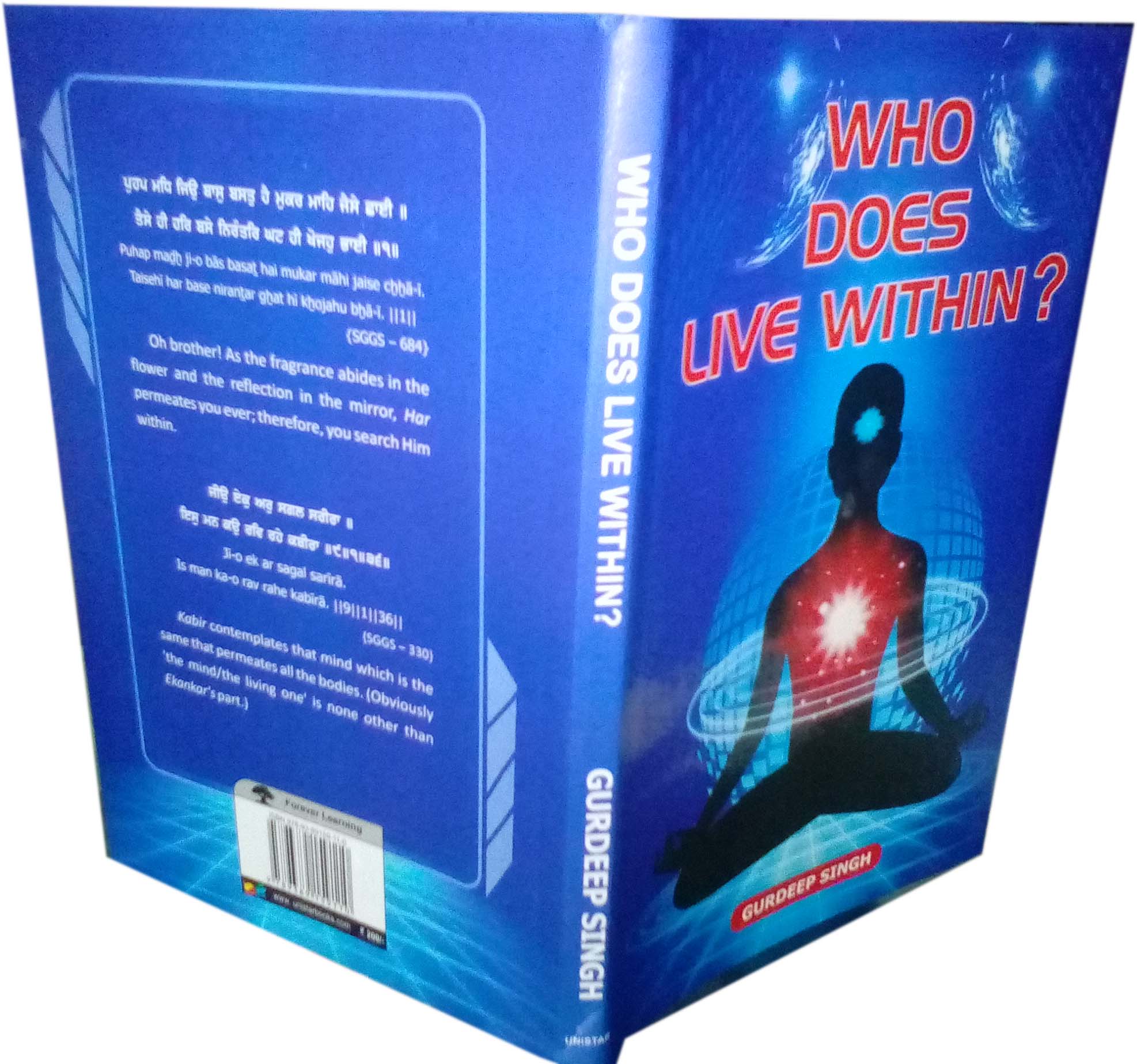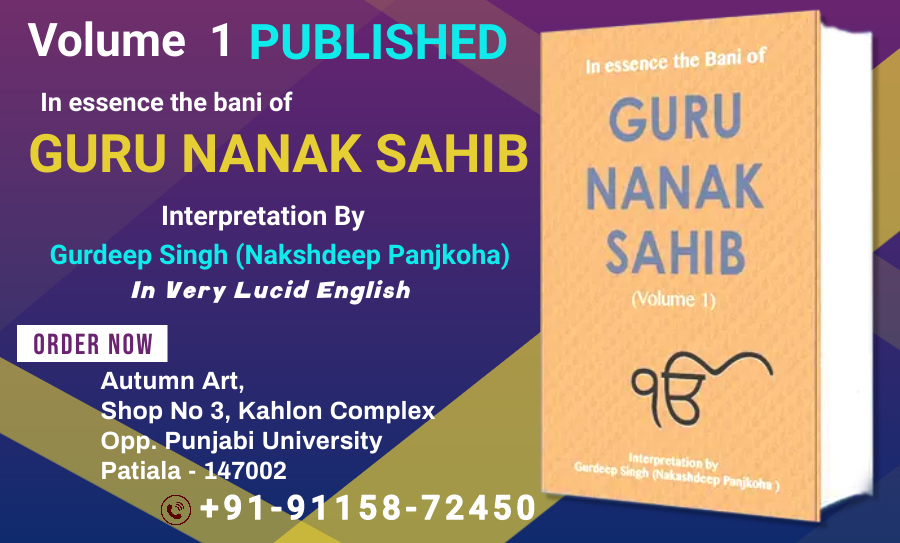
Guru Nanak In His Own Words by Gurdeep Singh
In essentials of Sikhism: The predominant idea that prevails is that the world had two Streams of religious thoughts prior to the advent of Guru Nanak, but Both the Streams had gone muddy. It is evident from the historical record that the later on religious masters of the both streams had gone corrupt. The humanity had lost hope for good in their teachings. The religious teachers of Semitic religions namely Islam, Judaism and Christianity and those of the Aryan religions namely Hinduism, Jainism, Buddhism had also lost their way. Spirituality was replaced with corruption and the society became rotten under their off track evil influences.
Guru Nanak travelled far and wide in order to bring the wrong doers to the right path. The way He chose was the intellectual discourse. He took with him Bhai Mardana, the rebeck player, who would supplement him by playing it. Guru Nanak met Muslim and other prominent religious leaders and also siddhas, yogis and pundits (as it is testified in his hymns complied in Sri Guru Granth Sahib). His hymns cover philosophical, social, religious, and political aspects of the human life. He undertook his mission to bridge the gap of thoughts between the two streams of religious thoughts, and He succeeded in bridging them. His well known bani Japji, sets up the foundation of his process of thoughts in which He preaches the unity of God (as we see in Mool Mantra) that brings him closer to Judaism and Islam though he also differs from both of them; his concept of God is opposite to the idea of trinity: Father, son and holy spirit, and the trinity of Hinduism: Brahma, Vishnu and Shiva. The discourses he had with Pundits, Yogis, Siddhas, Muslim religious leaders took him far away from their path of hypocrisy, as Mr. Gurdeep Singh shows in his book “Guru Nanak in His own Words”. The Guru condemns the hypocritical way of life along with the renunciation of the world, and he recommends instead the right way of truthful living. The way of miracles of those religious leaders does not affect him; rather he teaches them to adopt the rightful worldly path instead of running away from it by dissuading them from their chosen way of life. He teaches the Pundits to control themselves to channelize through a right path so that the exploitation of the naive public can be stopped. He advises them to love the world of God while proceeding on His realization as we see in His following words:
ਏਤੁ ਰਾਹਿ ਪਤਿ ਪਵੜੀਆ ਚੜੀਐ ਹੋਇ ਇਕੀਸ
Ėṯ rāhi paṯ pavṛī-ā cẖaṛī-ai ho-e ikīs. (7, SGGS)
Further he explores the five realms of evaluations of the spirit through Dharam Khand, Gyan Khand Karam Khand, Sarm Khand, Sach Khand that pave a way to reach to the peak of spirituality; however for that a rigorous training and efforts are required as explained by Mr. Singh in his book with examples in every sphere of life of a human being. Mr. Singh’s efforts in this regard are very much praise worthy. I think he doesn’t leave anything that is required for a person to follow the divine path expressed by the Guru. What Guru Nanak has discussed in Japji in Macro form, Mr. Singh has explained it in a micro form.
Dr. Bhagwan Singh





